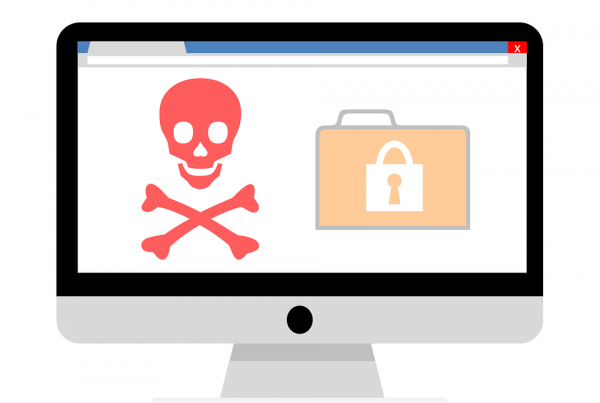The consumer decision journey (CDJ) o consumer decision journey is a model that describes how consumers make purchasing decisions. Therefore, it is not linear, which means that the actions overlap and repeat until the final purchase decision, instead of following them successively. The CDJ highlights the importance of Word of Mouth Marketing by incorporating factors such as customer loyalty and post-purchase experience into the model.
General information
The traditional approach to the description of buying behavior involves four stages. A central assumption is the purchase funnel or funnel. The analogy of a funnel is used to try to theoretically plot the consumer journey and find out where the consumer contacted the company's contact points.
- Initial contact: Consumers start with a certain number of brands that they have learned about through trade promotion or recommendations from friends and acquaintances.
- Selection: They reduce the number of brands by selecting and limiting certain characteristics of the product or potential brands.
- Comparison: Evaluate and compare.
- Purchase: They decide on a brand and, thus, on a product.
This sales funnel is the starting point for the new model of the consumer decision journey. The circumstances involved in a purchase procedure are changing at a rate similar to that of technological advances. At this time, consumers have numerous opportunities to contact a brand, including through mobile devices. The traditional model cannot adequately reflect these touch points that lead to purchasing decisions. At the same time, only a fraction of consumers complete the purchase procedure in one session. Many purchases are only made after about two weeks, when consumers visit a web page again.
Consumer Decision Journey
The McKinsey consultancy carried out a study in 2009 with more than 20,000 participants from different sectors and three countries. The results of this study form the basis for the model CDJ.[1]
It consists of the following phases:
- Consideration: Consumers start with a compilation of an average of three to four brands or companies if they are not already loyal customers of a company.
- Evaluation: Now they evaluate the brands that are being considered. A significant difference with the funnel is already evident. The consumer can enter a variety of digital channels to get information. Search engines, social media, and blogs serve as a source of information. Companies can pick up their clients at these touch points or micro conversions.
- Buy: When the consumer considers that their needs are satisfied, they will make a purchase. Barriers should be as small as possible at this point of contact so that the consumer can complete a purchase with the fewest possible clicks.
- Experience, Advocate and Bond: These describe what happens after the purchase. Consumers use the product and accumulate experience. If they are positive, they can give a rating and recommend the product (advocate). Word of mouth marketing plays a central role in the CDJ, since this feedback affects the evaluation stage. There is a loop. Negative feedback affects the purchasing decisions of other consumers. But it can also be used as an improvement suggestion for future products. If a consumer's experience with a company has always been good, they can become a more frequent and loyal customer. There are two types of loyalty. One of them concerns loyalty programs, which include, for example, special offers. The other type of loyalty focuses on managing customer relationships and the experiences a consumer has with a company. This includes contacts with customer service or conversations on various social networks.
Relevance for online marketing
The model of consumer decision journey it tries to represent the complexity of a purchasing procedure and extends the traditional model in some essential points. In particular, the addition of contact points and feedback loops is worth mentioning here. Many consumers now purchase products with a mobile device and interact with brands in various ways. The model CDJ underlines the importance of communication that runs in both directions and through different devices. The contact points are objective, which greatly influences the purchase decision and thus also appears to be relevant from a monetary point of view.[2].
At the same time, reviews, recommendations and reviews play an increasingly important role in the purchase procedure. One of the most important findings of the model CDJ is that the care of the relationship with the customer should not end after the purchase. Instead, the Customer Experience must also be positive in the post-purchase phases. The consumer can act as an Influencer by rating a product. They will promote the positive image of a brand or product and, in the best of cases, they will become brand advocates, that is, loyal customers who advertise a product with their recommendations.
References





